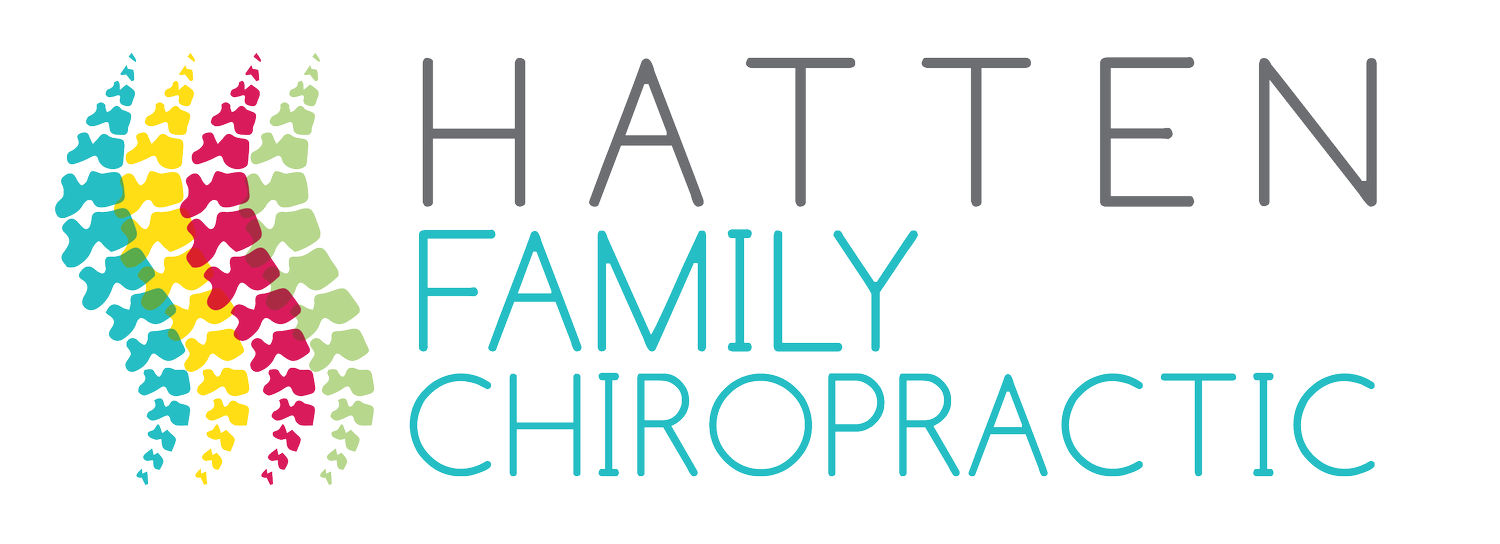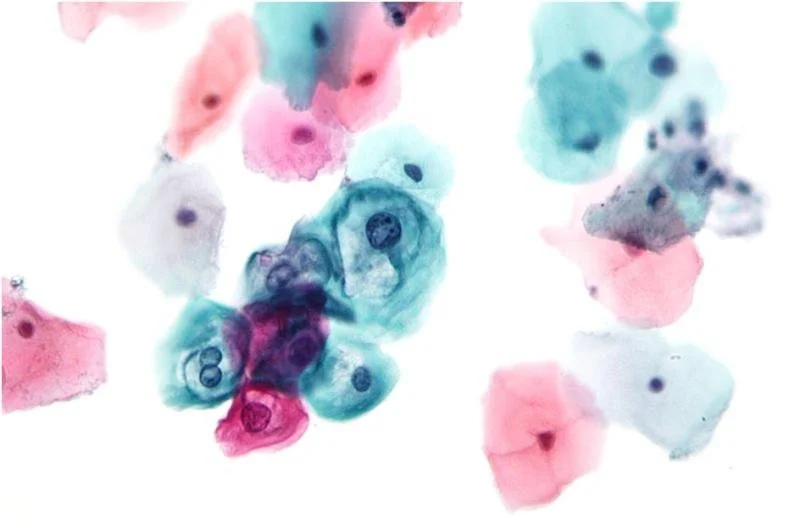The Vertebral Subluxation Complex Part 4: Histopathology
What's history doing in here?!
Welcome to the fourth of five parts of my conversation on the VSC! Do you remember what those letters stand for to chiropractors? It's the vertebral subluxation complex. Our understanding of the VSC is what makes us different from other healthcare providers that might offer similar services. It also makes us unique in that we really look at the whole body when treating a patient, and we don't restrict ourselves to just one system of the body.
Okay, so what is history doing in here? Well, "histo-" in this sense doesn't actually mean history, it is the Greek prefix for tissue. Pathology is the study of disease and malfunction. So when we put it all together, we're looking at diseased and/or malfunctioning human tissue as a result of subluxation!
This is a typical histology slide. Dye has been used to color the cells. Each circle is a different living cell in your body!
Main Types of Tissue in the Body:
Epithelial Tissue: This is a lining tissue. Our human skin is epithelial in nature, as is the lining of our mouths, throats, GI tract, and a variety of other places. This tissue's job is to protect our internal environment from foreign invaders as well as to keep it clean.
Connective Tissue: This includes the hard stuff like bone, but it also includes the soft stuff like cartilage and collagen. Connective tissue holds things together, gives the body support, and also offers protection because it's so strong. Without connective tissue, we'd just be lumpy puddles on the ground!
Muscle Tissue: We have three types of muscle tissue, skeletal, smooth, and cardiac. I'm not going to go into what distinguishes them here, but suffice it to say that the job of muscle tissue is to make things move, whether we are in control of it (skeletal muscle), or the body innately does it for us, (cardiac and smooth muscle).
Nerve Tissue: Nerve tissue makes up nerves! This doesn't just include the nerves that come off the spine and connect to your entire body. It includes the spinal cord and the brain as well! If you want to see how nerves are impacted by the VSC, click here to read all about it.
Squamous Epithelial Cells (type 1 from my list above!). These are stained with a dye to help distinguish what type they are as well as if they are healthy.
How does a spinal misalignment affect the integrity of your tissues?
A spinal misalignment might not, but a subluxation will! One of the things that we look for when we're evaluating for the presence of subluxation are visible signs of inflammation. This can include areas that are hot to the touch, areas that are swollen, areas with pitting edema, and that's just what we see and feel with our hands. These are all indicative of the inflammatory process happening under your skin!
When a subluxation occurs and a spinal vertebra is misaligned, the inflammatory process begins. That means that the tendons and ligaments holding your spine in place have stretched further than they were designed to stretch and have become stuck. That makes the ligaments on the side where the vertebra is stuck slack, (not good), and it stretches out the ligaments on the other side making them too tight (also not good). Both of these can impact the nerves coming out of the spine at that level when the swelling and edema begin to occur in this area. It also impacts the muscles attached to the spinal column and can create a muscle spasm. That means histopathology can actually account for the changes that occur in the Parts 2 and 3 of the VSC!
Fortunately, most of the time, if a subluxation is corrected early, there is no permanent damage. However, if left un-treated, the muscle, tendons and even cells affected can "remember" this misalignment and can reset to this being their default or normal status. That's why it normally takes multiple visits to a chiropractor to relieve all of your symptoms.
Yours in health,
Dr. William



